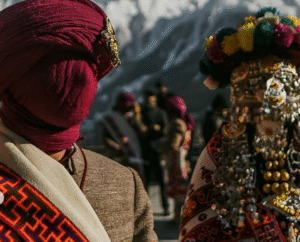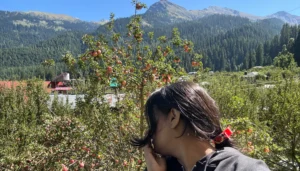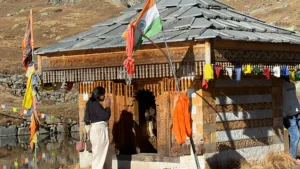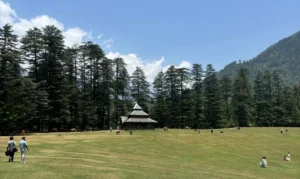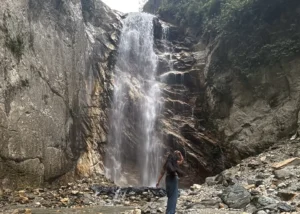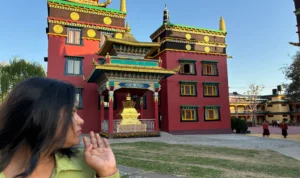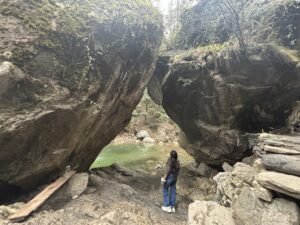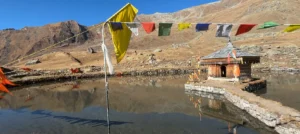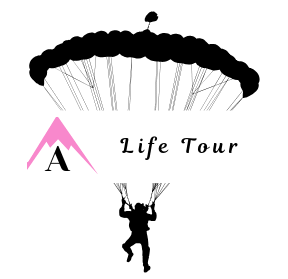All You Need to Know About Raulaane Festival in Himachal: 2-Day Itinerary
Raulane festival in Himachal is one of the adorable and best experience where you find amazing dances and cultural activities.
All You Need to Know About Raulaane Festival in Himachal: 2-Day Itinerary Read More »

